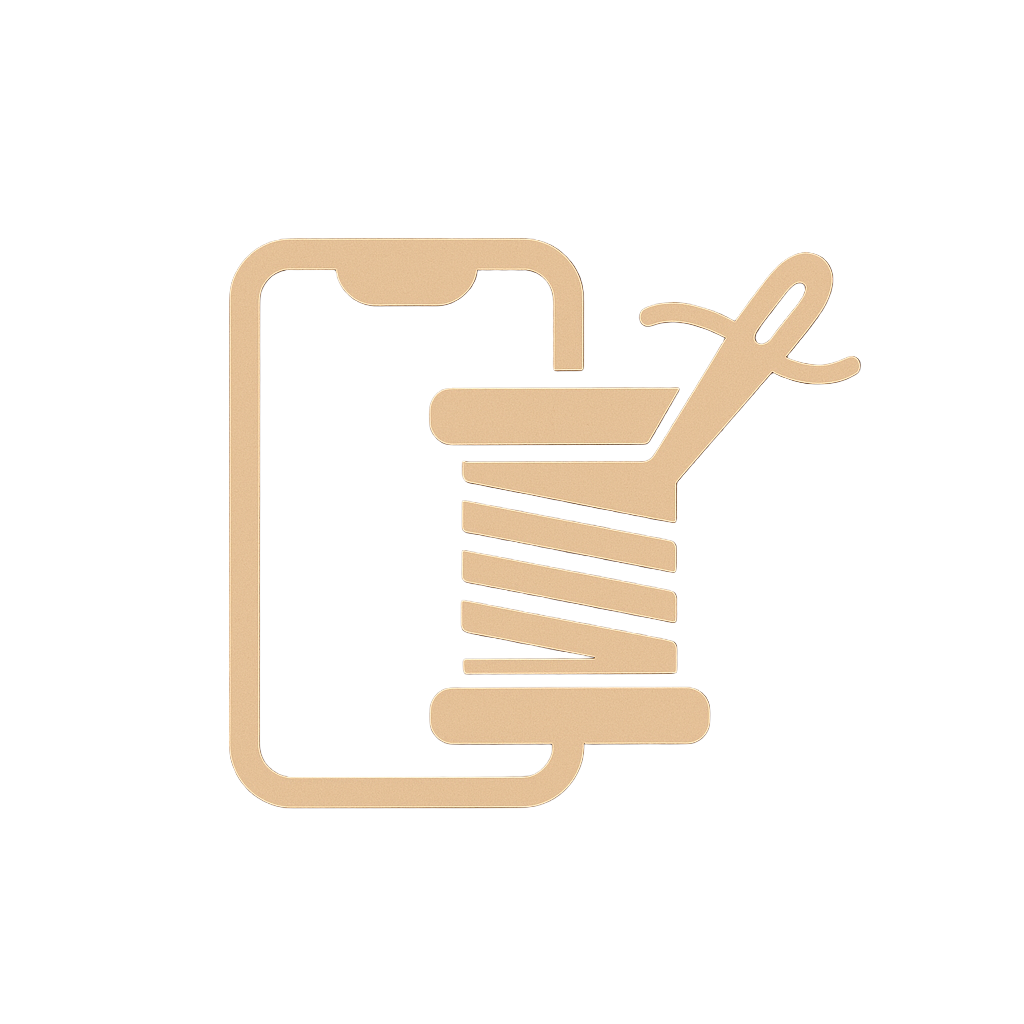Federal Election Polls: Labor’s Primary Vote Slightly Lower Than Published Polls
According to an analysis by The Guardian Australia, the primary vote for Labor in the upcoming federal election is slightly lower than what published polls have reported. The model, which factors in sample sizes, previous results, and the "house effects" of each pollster, takes into account research that shows pollsters systematically overestimated the support for Labor in the 2019 and 2022 elections.
Some published polls in the final week have put Labor on course to comfortably attain majority government, even with a primary vote similar to 2022, or even lower. However, Dr. Luke Mansillo, who has been modelling and running polls with Redbridge throughout the campaign, says it remains very unlikely that the Coalition could win enough seats to form minority government, let alone win an overall majority.
"The Coalition would have to rely on preference votes from One Nation and a rag tag of rightwing parties," Mansillo says. "They would have to rely on preference votes from One Nation and a rag tag of rightwing parties."
One Nation has risen in the polls in recent months, but that appears to be mostly at the expense of the Coalition’s primary vote. In previous elections, only about 62-64% of preferences from One Nation and the United Australia party ended up with the Coalition. By contrast, 86% of Greens preferences went to Labor at the last election.
The Coalition first took a two-party-preferred lead in The Guardian Australia’s poll tracker early last year, and really started to pull away around November. The lead continued into the new year, but has slowly fallen away ever since.
"I really noticed the change in February," says Shaun Ratcliff, who has been modelling and running polls with Redbridge throughout the campaign. "There were a couple of weeks there where you had the Labor party’s Medicare announcement, the Whyalla announcement, and the Reserve Bank cutting interest rates."
"It felt like they were in campaign mode and they were making all these announcements in areas that were clearly researched," Ratcliff adds. "It all happened quite quickly and almost immediately it showed up in the polling."
The Guardian Australia’s poll tracker shows Labor overtaking the Coalition towards the end of March, not long after Cyclone Alfred hit the Queensland coast. This is when Mansillo thinks the race flipped.
The Coalition’s Path to Victory in Suburban and Regional Areas
Early in the campaign, pollsters identified a number of seats to watch. These included seats to the north and south of greater Sydney, and on the fringes of Melbourne, the new seat of Bullwinkel in Perth, Lyons in Tasmania, and some seats in and around Brisbane. As the Coalition has struggled in the polls, its path to victory in these suburban and regional areas has started to close.
"At the start of the year [the Coalition] were looking very well placed," says Ratcliff, who has been polling a collection of key seats. "In the first wave of the tracker in early February we had the Coalition at 52% two-party preferred, which was a three-point swing since the last election."
"Our last wave has them losing ground since the last election," Ratcliff adds. "If anything, we are seeing the Coalition going backwards in these key seats."
Election Results and Polling
As the election approaches, The Guardian Australia will provide live updates and results. For the latest news and analysis, visit our Australian federal election 2025 live blog.
For more information on the election results and polling, visit our Australian election results 2025 live tracker.
Source: Federal election polls: Labor’s primary vote slightly lower than published polls



